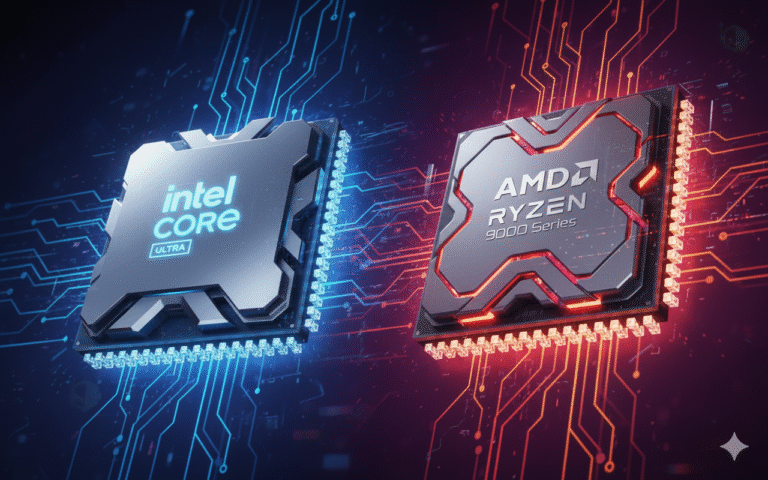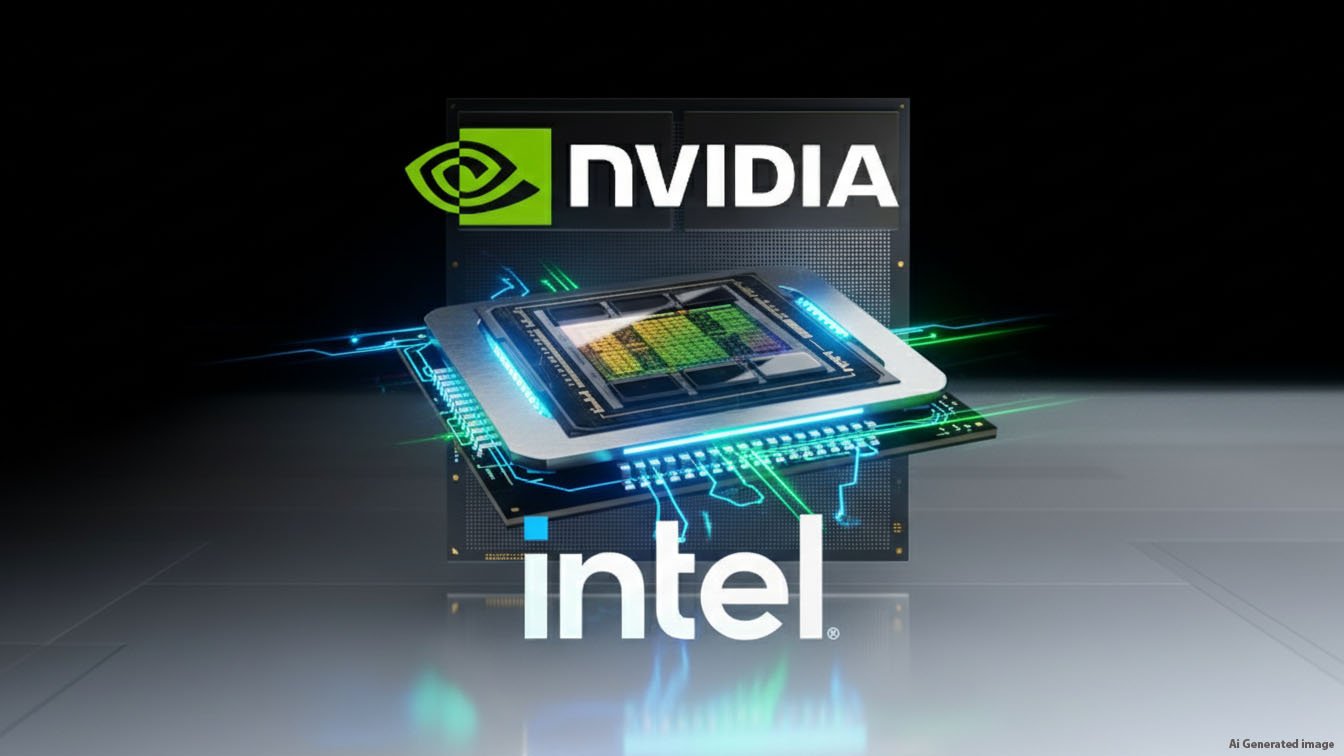The recent announcement of a strategic partnership between NVIDIA and Intel has sparked discussions about its broader implications for the PC industry, particularly regarding the development of a custom x86 System on Chip (SoC) that combines Intel’s x86 architecture with NVIDIA’s RTX GPU chiplets to deliver high-performance end solutions. This collaboration also involves NVIDIA investing in Intel, aiming to create innovative computing platforms that could disrupt the current market dynamics dominated by Intel and AMD’s x86 processors. While the deal is positioned as a step toward advancing AI and graphics capabilities in PCs, it introduces significant operational complexities for PC brands like Acer, MSI, and Gigabyte, who must now navigate an increasingly fragmented supply chain.

Acer CEO Jason Chen has drawn attention to a unique angle often overlooked in coverage of the deal: its direct “operational headaches” for PC vendors, rather than solely its effects on manufacturing partners like TSMC. In an interview, Chen highlighted that the partnership adds a third architecture variable to the ecosystem—alongside existing Intel and AMD x86 offerings—forcing brands to build separate support structures, including inventory management systems, dedicated product portfolios, and enhanced operational overheads to handle compatibility and scaling. He emphasized that these challenges could hinder PC partners’ ability to deliver sustainable, consumer-friendly products without excessive costs, urging the industry to prioritize disciplined roadmap planning, portfolio management, and robust after-sales services over reacting to market hype.
Chen further elaborated on the coexistence of multiple x86 processor generations from various vendors, noting that the NVIDIA-Intel venture would exacerbate inventory and production hurdles, potentially leading to inefficiencies in meeting demand for diverse form factors like notebooks and desktops. Despite the uncertain timeline for the release of these x86 PC chips, the collaboration signals ambitious mainstream adoption, with plans to ship up to 150 million notebooks annually based on the new SoCs. This development underscores a shifting landscape where PC brands must adapt swiftly to maintain competitiveness, as the integration of NVIDIA’s GPU expertise with Intel’s CPU core could redefine performance benchmarks but at the cost of added logistical strains.
Source: Ray Wang

